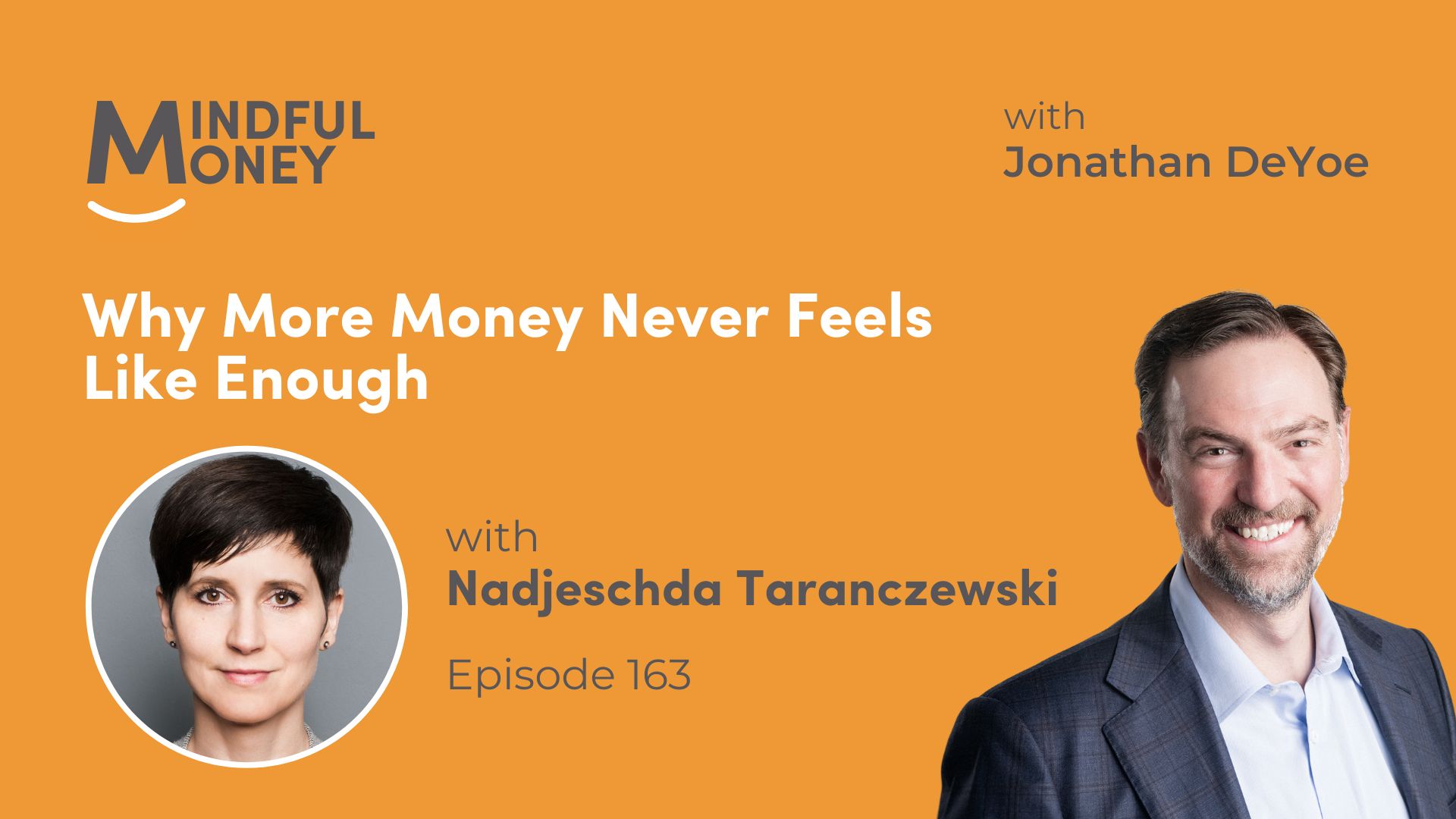Over the last two weeks, we have placed the choice between using passive tools vs. active tools into the greater context of our lives.
As a quick review:
- Active investing requires far more effort – either on the part of the investor, or on the part of another (creating an expense to the investor).
- Active investing creates transaction and tax costs, which reduce investor outcomes.
- No one can consistently predict or control markets.
- Past performance appears random as an indicator of future performance (top managers one year are equally distributed the next).
- Short-term investment outcomes are highly a function of luck; long-term is all that matters.
- The longer your hold an active manager, the lower the probability of “outperformance.”
For these reasons, we believe that investing using passive tools has much to recommend it.
But… what about those SIMPLE RULES?
In the simplest terms, we are goal-focused and planning-driven – as distinguished from an approach that is market-focused, current-event, or performance driven.
After almost 40 years as an equity investor working with my own cognitive and emotional biases (and almost 25 years working directly with clients and their deepest financial beliefs) I have come to believe that investment success derives from continuously acting on a plan, while investment failure proceeds from continually reacting to current events in the markets and the economy.
I did not start out with these beliefs, but I have come to them through personal experience, failed investment approaches, academic research, and decades studying markets and human nature.
We admit, humbly, that no attempt to forecast or time equity markets can be successful; indeed, we believe the attempt to do so is a fool’s errand.
We believe that the only way to capture the full premium return of equities is to sit on our hands during their frequent but ultimately temporary declines.
The preeminent device for producing better long-term financial outcomes is the creation, and regular dispassionate review, of a comprehensive financial plan. The plan is itself the basis for creating a plan-appropriate asset allocation.
Once you commit to your financial plan, the essential portfolio practices are best kept simple:
- Asset allocation
- Broad diversification
- Rebalancing
If you want to optimize on this simple framework, then there are two additional things you can add that academics and common-sense agree can add value over a lifetime of investing. They are:
- Academic performance factors (Value, Size, and Profitability)
- A rigorous effort at total cost management
- Tool costs
- Transaction costs
- Tax costs
- Behavioral costs
Once you have a long-term plan in place, and you are funding that plan with the savings required, and have a portfolio of investments that seem historically best-suited to achieving your financial goals, there are very few reasons for changing the portfolio other than to rebalance.
If your plan hasn’t changed, don’t change the portfolio.
Investing requires practicing rationality in the face of uncertainty. We can’t know what lies ahead. We are investing for an unknowable future, and this creates enormous anxiety that pushes many people to take inappropriate action in their portfolio.
To escape this push, we adhere to investment principles that have thus far yielded the most favorable long-term results: planning, patience, and discipline. In other words, we…
Stop Predicting. Start Planning. Stay Mindful.





